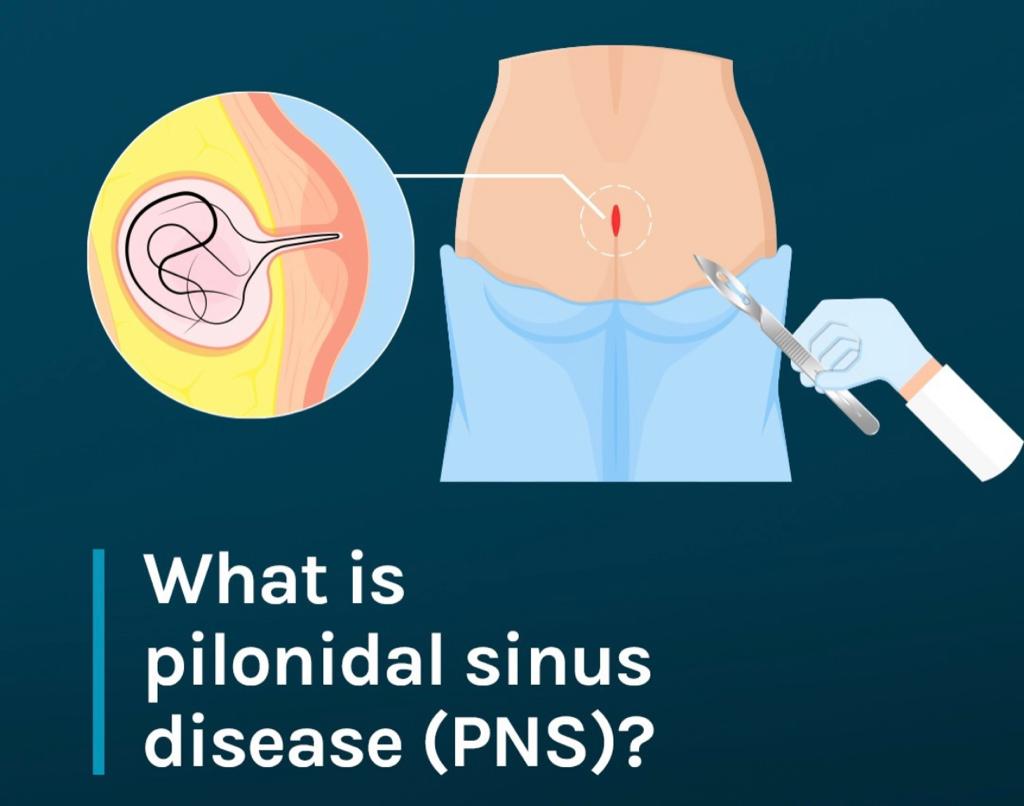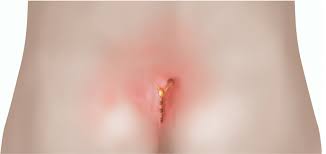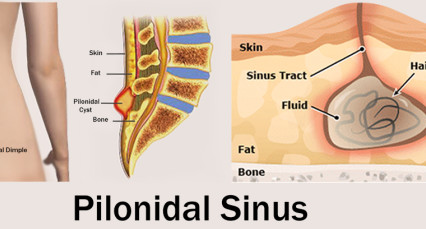Pilonidal Sinus (or Pilonidal Cyst or Tailbone Cyst or Coccygeal Fistula), is a cyst (or multiple cysts) located in the upper cleft of the buttock, above the sacrum, containing hair that can form abscesses.
It is a fairly common disease, mainly affecting young while male (15-30 years old) but can affect also female patients. Risk factors are: obesity (body mass index of 30 or more), above-average amount of body hair, family history of the condition, and a job that requires driving or sitting down for long periods.


Main symptoms are:
- Pain in mid buttocks groove, especially when sitting.
- Swelling and redness around the area.
- Foul smelling discharge, sometimes together with blood and hair.
How can pilonidal sinus be treated?
One of the most modern and minimally invasive treatments for pilonidal sinus is Endoscopic Pilonidal Sinus Treatment (EPSIT). The procedure requires only a tiny 5 mm incision on the sinus itself. This allows the surgeon to introduce the fistuloscope and directly see and treat all sinus tracts. The sinus is destroyed with coagulation, hairs are removed with microscopic forceps and then debris is gently brushed away with a micro-brush.

There is minimally to no postoperative pain and the patient can resume daily activities almost immediately.
